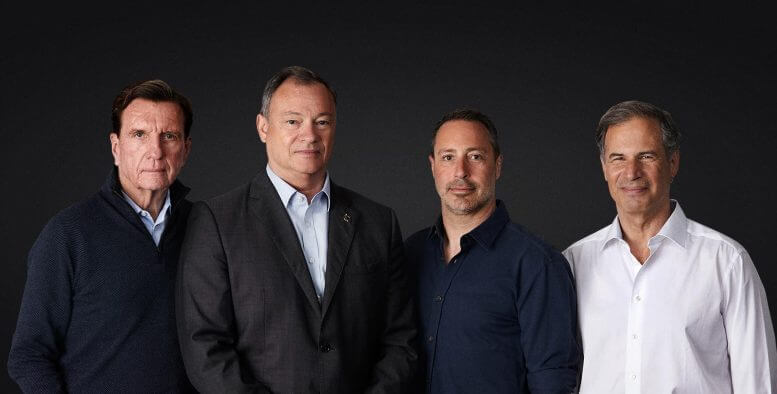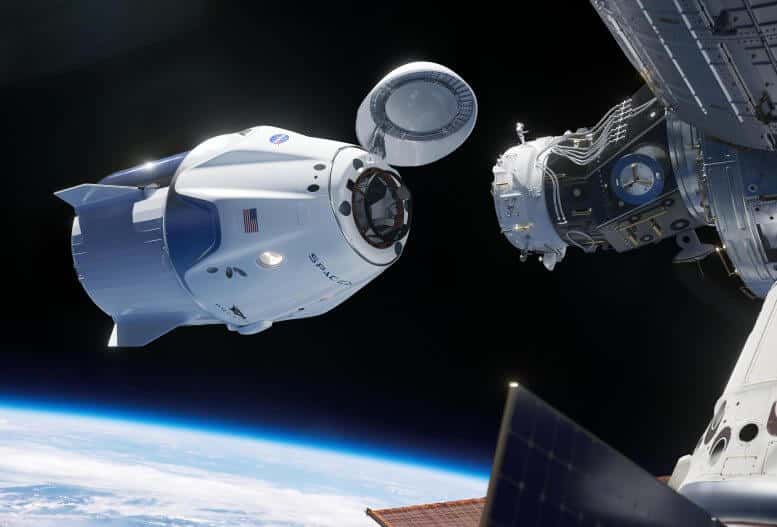The Axiom 1 or Ax-1 mission (and in Israel it received the name "Rakia"), is scheduled to lift off on Wednesday March 30 from Launch Complex 39A at NASA's Kennedy Space Center in Florida in the Crew Dragon spacecraft aboard a Space-X Falcon 9 rocket

NASA and its international partners have approved crew members for Axiom Space's first private astronaut mission to the International Space Station. The flight, named Mission Axiom 1 or Ax-1 (and in Israel it received the name "Rakia"), is scheduled to take off on Wednesday March 30 from Launch Complex 39A at NASA's Kennedy Space Center in Florida aboard a Space-X Falcon 9 rocket. The Ax-1 crew will fly Crew Dragon Endeavor to and from the space station. After ten days in orbit, the Ax-1 crew will land in the water off the coast of Florida.
Axiom Space astronauts Michael Lopez-Alegria, Larry Connor, Mark Fathy and Ethan Stiva are the primary flight crew of the Ax-1 mission. Lopez-Alegria, who was born in Spain, grew up in California and was a NASA astronaut, will be the mission commander. Connor, of Dayton, Ohio, will be a pilot. Fati, from Canada, and Stiva, from Israel, will be mission experts. The four are planned to spend eight days in the laboratory orbiting the Earth and carry out scientific, educational and commercial activities before returning to Israel.
"This is another historic milestone in our efforts to create a low-satellite orbit economy," said Phil McCallister, director of commercial spaceflight at NASA. "I wish these crew members of Axiom a safe flight, and hope that your stay in space will be beneficial and enjoyable."
The mission's proposed missions are still under review and will be approved prior to flight. Axiom has already released a portfolio of zero-weight studies that the Ax-1 team is slated to carry out in orbit in partnership with a variety of organizations on Earth. This research is sponsored by ISS US National Laboratory.
"The goal of the Ax-1 team is to set the benchmark for all future private astronaut missions in terms of our preparation and professionalism," said López-Alegria. "As commander, I am proud of the work these crew members have put in to be ready to do meaningful work on the International Space Station and I am happy to see that they are meeting the standards required of all astronauts who have flown to the station since the first mission. Ax-1 is focused on a large number of science and research activities, and we look forward to the final formulation of this flight plan."

The Ax-1 crew has been training at NASA's Johnson Space Center in Houston and other NASA facilities since August 2021 to familiarize themselves with the station's systems, science facilities and emergency procedures. The team also trained with NASA's international space station partners at the European Space Agency, and with launch contractor Space-X at its facilities in Hawthorne, California, and elsewhere in preparation for the mission.
More of the topic in Hayadan:
- Cardiosense, Ultrasight and Monfort are sending products to Eitan Stiva's space mission
- Space mission experiments part 1: conducting remote tests and the effect of staying in space on the immune system
- Sky Task Experiments Part 2: Studies in the Brain
- Sky Mission Experiments Part 3: The rest of the medical experiments, space steak and the student experiments
- "Eitan Stiva takes the startup nation into space with him"
